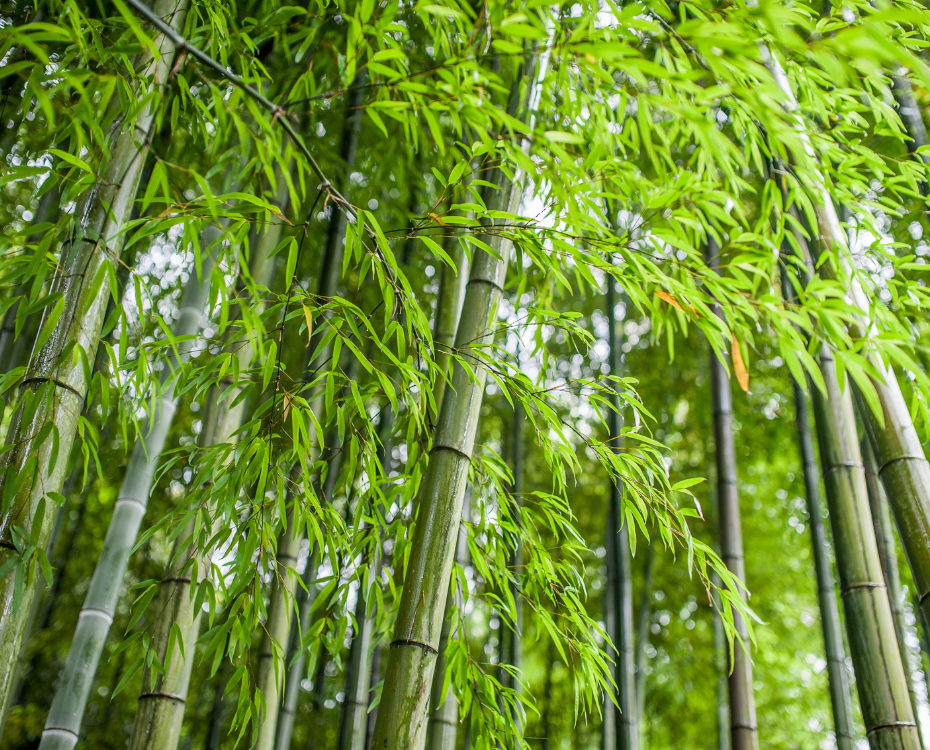
Nature's Growth Champion
Share
Bamboo: Nature's Growth Champion
Bamboo is one of the fastest growing plants in the world, growing at an impressive rate of up to 90 cm per day. In just 3 to 5 years, bamboo can reach full maturity, while trees can take 15 to 80 years to reach the same maturity, depending on the species. As a result, bamboo produces a much higher yield per hectare than most tree species. This means that less land is needed to produce the same amount of material, contributing to a more efficient use of natural resources.
Another great advantage of bamboo is that it grows back quickly after harvesting, because the roots remain intact. This ensures that the ecosystem around it is preserved and that erosion of the soil is prevented. Unlike trees, which do not survive after harvest and only contribute to the environment after years, bamboo remains a continuous source of growth and regeneration.
More environmentally friendly than wood
Bamboo does not require pesticides, fertilizers or additional water to thrive. Trees, on the other hand, are often vulnerable to fungi and diseases, leading to the extensive use of pesticides and fertilizers, especially in monocultures. In addition, growing trees requires significantly more water than bamboo. This makes bamboo not only more efficient, but also more environmentally friendly, as it is less dependent on artificial interventions.
During growth, bamboo absorbs up to 30% more CO2 and produces 35% more oxygen than trees. As a result, bamboo actively contributes to improving air quality and reducing climate change.
How is Bamboo Toilet Paper Made?
Sustainability is key to the production of bamboo paper. The process begins with harvesting and grinding the bamboo, after which water is added to create a pulp. This pulp is boiled to separate the fibers from the rest. The pulp is then washed, filtered and purified, resulting in strong bamboo fibers that are rolled and dried into toilet paper.
Our partner, from whom we purchase bamboo paper, has set up its production process as sustainably as possible. The required energy is generated by a solar power plant with more than 8,000 panels and a biomass plant that is fired with surpluses from nearby forests. When additional energy is needed, it is purchased from suppliers who guarantee 100% green energy.
The water used during production is first purified before it is discharged. The residue from this purification is reused in the biomass plant, which contributes to a virtually closed loop system.
How is Traditional Toilet Paper Made?
Traditional toilet paper production begins with the grinding of wood into pulp. This pulp is then bleached, pressed, and rolled to create the final product. According to National Geographic, approximately 27,000 trees are cut down every day just to produce toilet paper. This contributes significantly to global deforestation, with devastating consequences for the environment.
In addition, the production of wood pulp requires large amounts of water and energy, as well as the use of chemical bleaching agents that can be harmful to the environment. These chemicals often end up in water, further increasing the impact on the environment.
